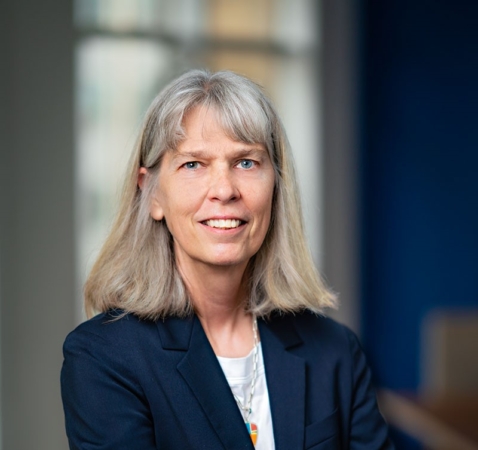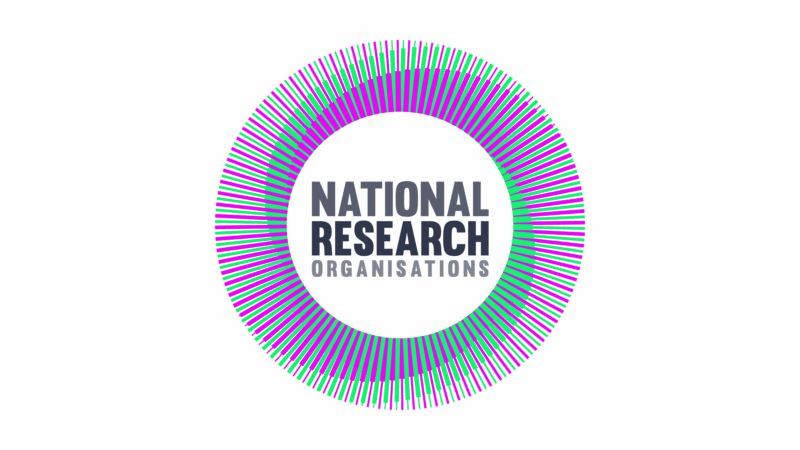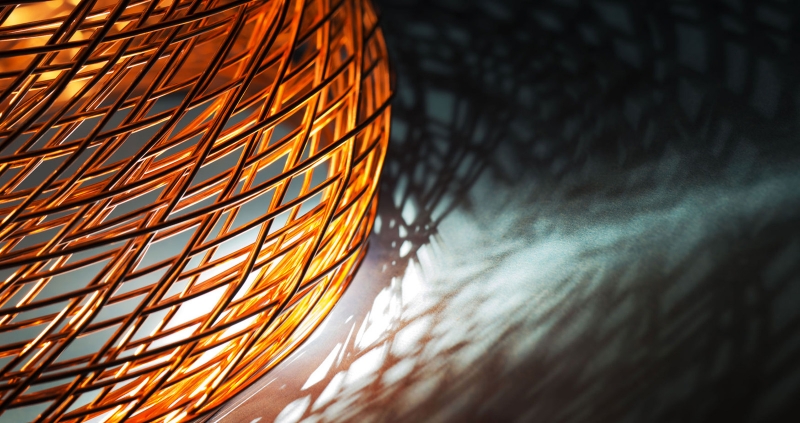Engineering… a world dominated by men or somewhere for women to make their mark?
Historically the world of engineering has been a typically male environment. STEM subjects (Science, Technology, Engineering, Maths) at school were seen more as male subjects, while females gravitated towards the humanities subjects, often leading to professions such as teaching and nursing. In 2010 only 10.5% of engineers were women in the UK, but by 2021 this had risen to 16.5%. I hear you saying, that doesn’t seem very much. But that equates to an extra 374,000 women pursuing a career in engineering, and this trend is set to grow.
So, why is it important to encourage women to join the engineering world? Engineering is about innovation, problem solving, and bringing your experiences from both work and life to find solutions where no one else has. We need people who view the world from all different perspectives, who come from different backgrounds and have different experiences. No two people are alike and therefore what they can bring to the table is also unique.
Why did I get into Engineering? At school I was always good at science and maths. I loved building things. When we had to make something in Design & Technology, I was always looking for ways to make it that little bit special. When it came to choosing my A-Levels, I chose Maths and Science, but it wasn’t until I was putting in my university applications that I decided on engineering. All the men in my family were engineers or in jobs of a practical nature and although I had never been encouraged to go into engineering, I soon realised it was something that really played to my skills. I loved my degree, conducting experiments in the labs, learning how things worked and how to conceptualise designs. My final year project was to design a formula student car and race it at Silverstone – I found it extremely rewarding to go from concept to a working car.
My career so far has been varied, working in oil and gas, research and development, academia, and now nuclear. Each area has brought me new challenges and opportunities. My career path has led me from being a design engineer to a project engineering manager through to a technical team lead and now deputy group lead. I am currently involved in a lot of recruitment for my engineering group, and as part of this I work with STEM Returners, helping people who have had a career break (for whatever reason) get back into the workplace. For me, this is a great opportunity to help great engineers get back to doing what they love and help increase that all important diversity pool we strive for here at AWE. I also am a STEM Ambassador engaging children as young as 6 years old to spark their interest in the exciting world of STEM, inspiring the next generation of engineers.
At AWE we take pride in our engineers, and many of our most successful engineers are women. Many hold senior leadership and Director positions, influencing the direction of the company. Others are our technical subject matter experts – some even being the UK’s leading expert in their field.
We proactively work to increase the diversity of our workforce and we have many amazing Employee Resource Groups (ERG), one of which is the Gender Balance Working Group (GBWG). The GBWG supports AWE’s Equity, Diversity and Inclusivity strategy and works to promote the celebration and support of all genders. As part of that initiative, the GBWG works alongside our brilliant STEM Ambassadors reaching out to schools and colleges to promote STEM, encouraging children, particularly young girls, to take an interest in STEM subjects.
Learning and development are key to our business. We encourage membership and collaboration with organisations such as WES (Women’s Engineering Society) – over 20 of our staff are now professional members. WES is a fantastic charity and professional network, championing more inclusivity in the engineering sector. We recently took part in the WES Lottie-on-Tour initiative, taking the ‘Lottie’ doll to many different locations to inspire and encourage young girls (and boys) to think of careers in engineering and STEM subjects.
The Women’s Engineering Society (WES) was founded by members of the national council of women during the first world war and it is fair to say the group is a key part of the professional history of women. The aim is to educate and promote the international profile of women in STEM.
The passion and shared enthusiasm are a big part of why I joined WES. I want women to uncover and realise their potential, to show young girls key traits which suit STEM, the rewarding nature of these subjects and how matched they are to those that think differently.
We are beginning to see more and more women and girls choose engineering as their career path, but there is still work to be done. My hope is that through the work of organisations like WES, and companies like AWE, we will continue to make real change, and see the percentage of female engineers keep rising into the next decade and beyond.
Alexandra Richards, Deputy Group Lead, with contributions from Lottie Tomlinson, Physical Characterisation Technologist and Sophie Heaver, Tool Design Engineer



